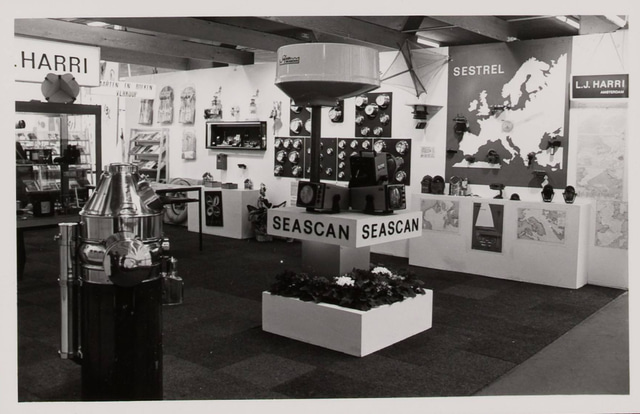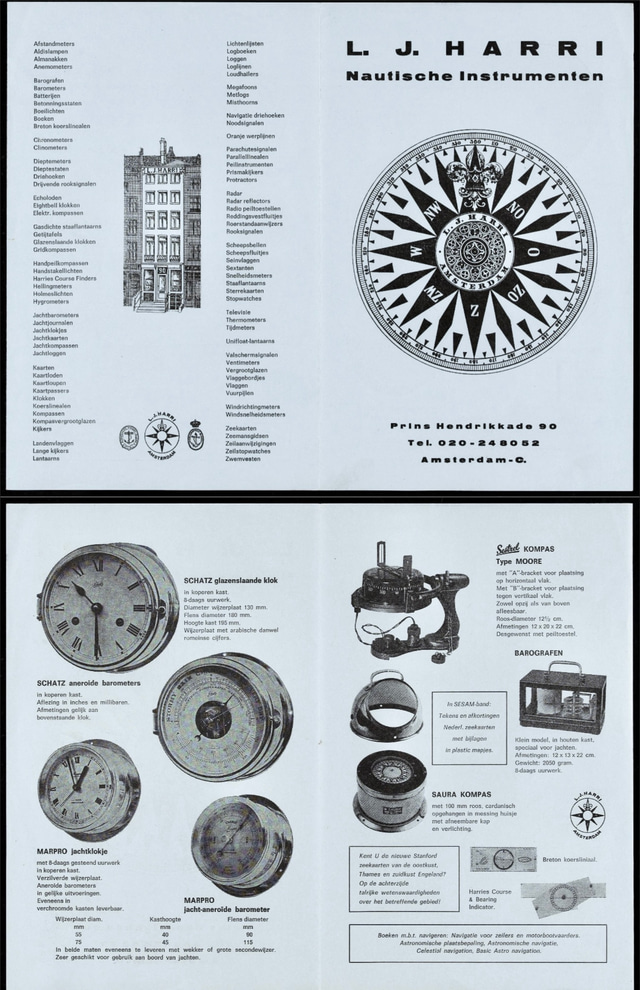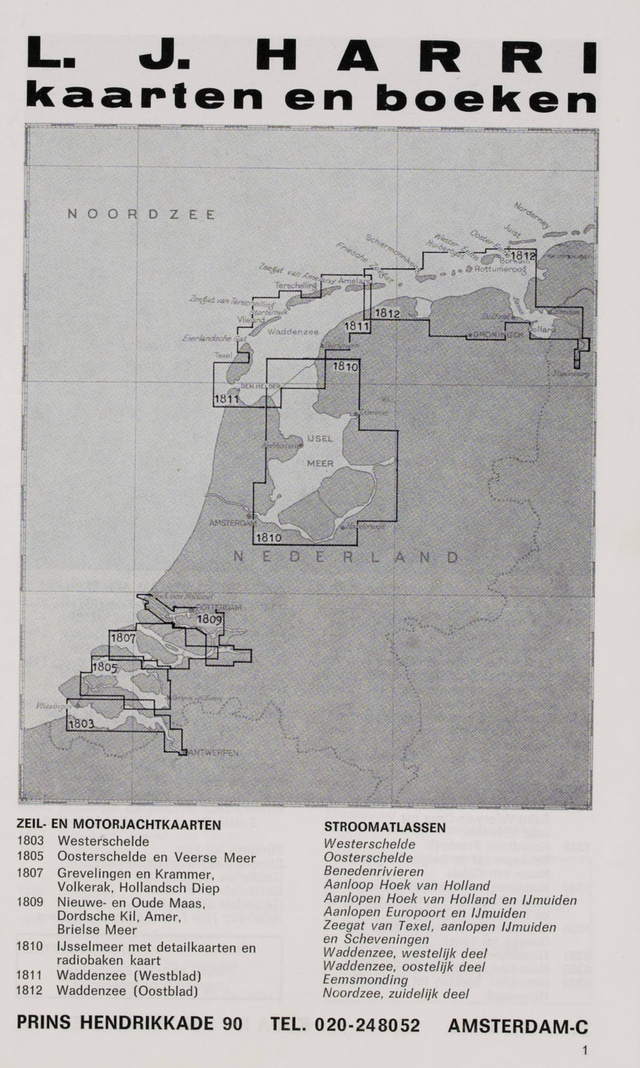


The history of L.J. Harri is an almost three-hundred-year journey of nautical instrument makers, beginning in the eighteenth century in Delft and continuing in Amsterdam up to the present day.
Around 1730, in Delft, there lived Leonardo Giovanni Harri, an Italian by origin, who crafted nautical instruments for merchant ships. His son Johannes Harri carried on his father’s work and became the representative of the second generation of the dynasty, while his grandson Nicolaas Harri (1775–1805) represented the third generation, consolidating the family’s reputation as makers of precise maritime instruments.
The fourth generation was embodied by Leendert Johan Harri (1799–1873). In 1841, he moved the workshop to Amsterdam, to what was then the seafaring quarter of the city. The firm was first established on Zeedijk bij de Kolk, and in 1858 Leendert was able to purchase a house at Prins Hendrikkade 90, where he set up the workshop. By then, the company was already facing difficulties: the Dutch merchant shipping industry had entered a crisis that lasted almost until the end of the nineteenth century. The number of sailing ships drastically declined, the number of steamships barely increased, and cheap factory-made instruments from England provided fierce competition.
Nevertheless, the Harri family managed to maintain its reputation. The fifth generation, Leendert Johan Harri (1827–1906), was both a mathematician and a nautical instrument maker. He first had his own workshop on Stroomarkt, but in 1870 he joined his father’s business and, upon the latter’s death in 1873, took full control of the company. Under his direction the firm became best known as a workshop for the production of compasses. In an obituary in the Algemeen Handelsblad of 29 November 1906, it was noted that Harri was “a reliable and skilled nautical instrument maker, especially renowned for his compasses.” Most of the ships of the Dutch merchant fleet built in Amsterdam at that time were equipped with compasses made in his workshop, designed according to the system of William Thomson—the Irish-Scottish physicist and inventor whose instruments featured a rotating prism that allowed an observer to view both a shore object, such as a lighthouse or church tower, and the graduated compass card simultaneously.
The sixth generation was represented by Leendert Johan Harri (1855–1911). His life proved to be short, and with his death the family dynasty of instrument makers came to an end. The firm, however, continued to exist, retaining the founder’s name.
From 1911 the company was headed by the precision instrument maker Pieter Willem Winter, and in 1954 he partially handed over management to his brother A. J. Winter and his son-in-law H. L. J. Briel. Winter remained involved in nautical affairs, acting as an agent for the Hydrographic Office of the Royal Navy and the British Admiralty, distributing nautical charts and hydrographic publications. After his death in 1974, leadership passed to Briel, and in 1982 the firm came into the hands of F. Veenema. At that point, L.J. Harri became part of the Utrecht-based company Sailtron, which belonged to the Radio Oranje group.
In 1983 the firm moved into the historic Schreierstoren, a former defensive tower by the harbour. There, in larger quarters, the old tradition of nautical craftsmanship found new life. The shop became a centre of maritime culture: one could find charts from Nova Zembla to Cape Horn, books, sextants, compasses, barometers, storm glasses, patent logs, and other instruments.
By early 1996 the company went bankrupt and was on the verge of disappearing altogether. It was saved by Jan Maat, who ensured a fresh start and gradually expanded the range of products. In addition to instruments and charts, the store began offering books on navigation and sailing, as well as watersports clothing. In this way, Amsterdam’s oldest nautical instrument shop entered the modern age while preserving its historical continuity.